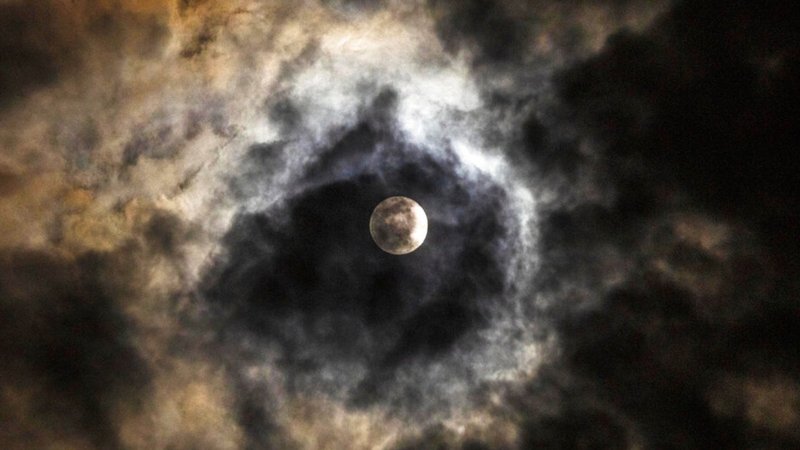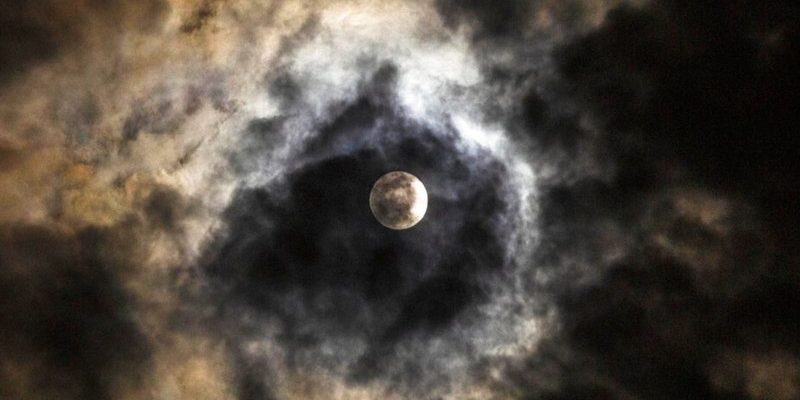
The relationship between ribbon worms and the moon is quite intriguing. Their activities can be influenced by the gravitational pull of the moon, leading to increased sightings during certain tidal phases. It’s like nature’s own version of a cosmic dance! While it may sound like something straight out of a science fiction novel, there’s a lot to discover about these unique creatures and how they interact with their environment during full moon tides.
In this article, we’ll dive deep into the world of ribbon worms, their behavior during full moon tides, and why their sightings can be a real treat for nature enthusiasts. Let’s explore what makes these creatures so special and how you can spot them on your next beach adventure.
What Are Ribbon Worms?
Ribbon worms are long, soft-bodied marine animals that belong to the phylum Nemertea. They can vary greatly in size, with some measuring just a few centimeters while others can stretch over a meter long! Unlike many of their marine counterparts, ribbon worms are quite unique in their characteristics and behavior.
One distinct feature is their ability to extend their bodies, which is essential for hunting and movement. Ribbon worms have a proboscis—an extendable tube used to capture prey like small fish and crustaceans. Think of it like a surprise attack: one moment they look like a harmless ribbon, and the next, they’re capturing their dinner with lightning speed!
Another interesting aspect is their vibrant colors, which range from yellows to deep reds. This coloration not only adds to their beauty but may also serve as a warning signal to potential predators that they are not a tasty snack.
Why the Moon Matters
You might be wondering why the full moon has such an impact on ribbon worm activity. The answer lies in the tides! Tides are caused by the gravitational pull of the moon, leading to fluctuations in water levels.
During a full moon, we experience what are known as **spring tides**. These tides produce the highest high tides and lowest low tides, which create perfect conditions for marine life to thrive. For ribbon worms, this means more exposure on the beach as the water recedes. Think of it as an open invitation for them to wander the shore, exploring new areas and searching for food.
Additionally, the higher water levels can bring nutrients to the intertidal zone, attracting various creatures. This abundance of food can lead to more active ribbon worms, making them easier to spot during full moon tides. So, if you’re eager to see these fascinating creatures in action, timing your visit with the lunar calendar can be key!
When to Look for Ribbon Worms
If you’re keen on spotting ribbon worms, timing is everything. Full moon tides typically occur once a month, but it’s crucial to check local tide charts for exact timings.
Here are a few tips to help you plan your beach visit:
- Check the lunar calendar: Full moons are usually easy to identify, and they happen about every 29.5 days.
- Plan for low tides: The best time to look for ribbon worms is during the lowest tides following a full moon.
- Choose the right location: Coastal areas with sandy or muddy substrates are often hotspots for ribbon worm activity.
Once you’ve got your plan down, head to the beach armed with patience and curiosity. Look closely along the wet sand and the edges of tidal pools—this is where you’re likely to find them!
How to Spot a Ribbon Worm
Finding a ribbon worm can be a fun challenge! They’re masters of camouflage, blending seamlessly into their surroundings. Here are some tips to help you spot them:
1. **Look for movement:** Sometimes, you might see a ribbon worm undulating in the water or near the shore. Their long bodies can twist and turn, making it easier to notice them when they’re active.
2. **Check the tide pools:** After a full moon, tidal pools often reveal hidden gems. Gently sift through the sand and muck—who knows what you might uncover!
3. **Watch for colors:** While many ribbon worms are quite camouflaged, their vibrant colors can sometimes stand out against the sand. Keep an eye out for those bright hues!
4. **Use a flashlight at night:** If you’re feeling adventurous, nighttime beachcombing during a full moon can be especially rewarding. A flashlight can help you spot their shiny bodies glimmering in the moonlight.
Remember, while it’s exciting to find these creatures, it’s important to treat them with respect. Observe them gently and return them to their habitat if you’ve disturbed them.
The Role of Ribbon Worms in Their Ecosystem
Ribbon worms play an essential role in the marine ecosystem. As predators, they help control populations of smaller marine creatures, maintaining a balance in their habitats.
Moreover, ribbon worms are also prey for larger animals, including fish and birds. This means they’re an important link in the food web. By studying ribbon worms, scientists can gain insights into marine health and biodiversity, which is crucial for conservation efforts.
In many ways, these creatures are like the unsung heroes of the beach. While they might not receive the same attention as starfish or crabs, their contributions to the ecosystem are significant. So, next time you spot a ribbon worm, you can appreciate its role in the coastal community!
Observing Ribbon Worms Responsibly
If you’re heading out to look for ribbon worms, it’s essential to observe them in a responsible way. Here are a few guidelines to keep in mind:
- Don’t disturb their habitats: Avoid moving rocks or sand unnecessarily; these are their homes.
- Use gentle hands: If you find a ribbon worm, handle it as lightly as possible and return it to its spot quickly.
- Educate others: Share your findings and experiences with friends or family to promote awareness about these fascinating creatures.
The more we know and understand ribbon worms and their ecosystem, the better equipped we are to protect them. After all, it’s our responsibility as stewards of the environment to ensure the survival of all marine life, not just the most visible.
The connection between ribbon worms and full moon tides is a beautiful example of how nature works in tandem with celestial events. When the moon pulls on the ocean, creating those rhythmic tides, it opens up a world of exploration for these remarkable creatures.
So, on your next visit to the beach during a full moon, keep an eye out for those colorful ribbons slithering along the sand. Take a moment to appreciate the delicate balance of life in the tidal zone, and don’t forget to respect these fascinating animals. After all, they’re a part of the intricate puzzle of our marine ecosystems, and witnessing them in action can be a magical experience.

